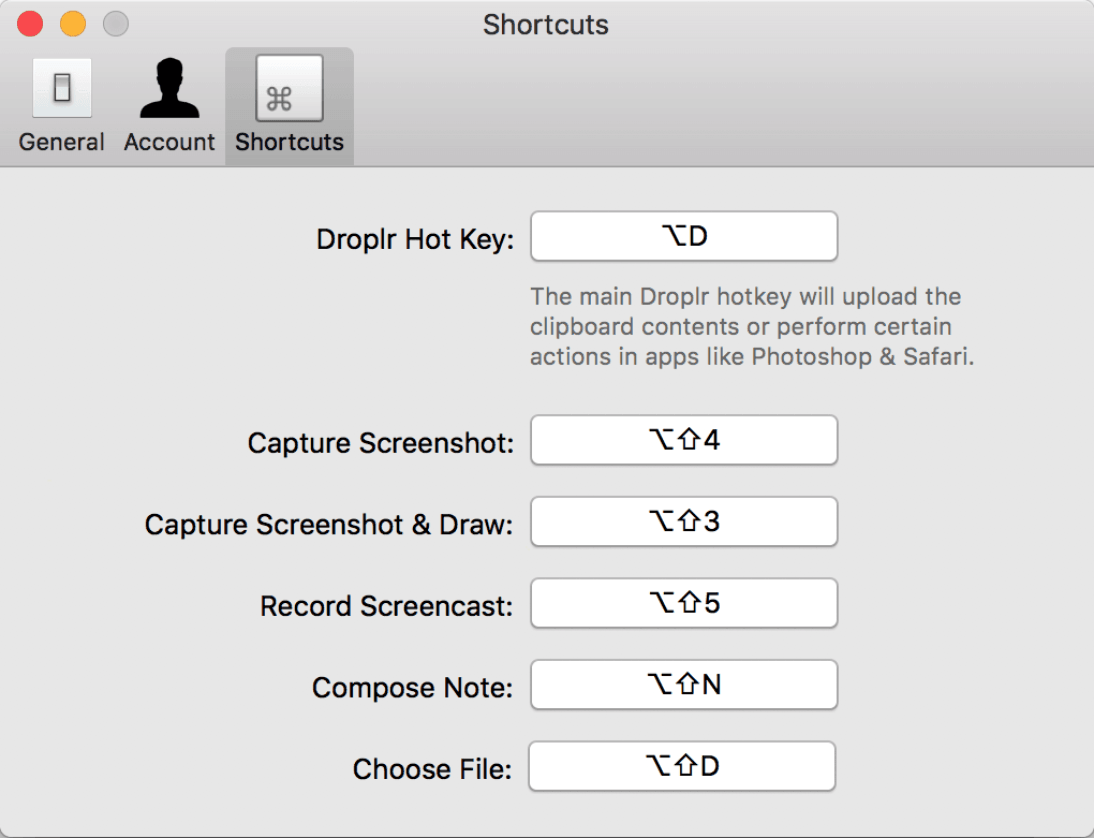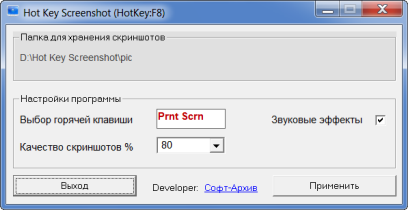
- #WHAT ARE THE HOT KEYS FOR SCREENSHOT MAC OS#
- #WHAT ARE THE HOT KEYS FOR SCREENSHOT WINDOWS 8#
A cross-hair cursor will appear and you can click and drag to select the area you wish to capture. To copy a portion of the screen to the clipboard, press Command-Control-Shift-4.When you release the mouse button, the screen shot will be automatically saved as a PNG file on your desktop following the same naming convention as explained on the first tip above. To capture a portion of the screen, press Command-Shift-4.The screen shot will be placed on your clipboard for you to paste into another program like PowerPoint, Word, Photoshop, etc. To copy the entire screen, press Command-Control-Shift-3.The screen shot will be automatically saved as a PNG file on your desktop with the filename starting with “Picture” followed by a number, example Picture 1, Picture 2, and so on.

To c apture the entire screen, press Command-Shift-3.
#WHAT ARE THE HOT KEYS FOR SCREENSHOT MAC OS#
Here's a summary of all the keyboard shortcuts you can use to capture your screen in Mac OS X. A screen shot is an image of your computer desktop or an active window.
Ctrl + Esc: combination switch between metro-based and active at the time of application.The Macintosh operating system has always made it easy to capture a screen shot. Win + X: calls menu with various administrative functions for system management. Win + W: by searching the points settings and configuration of the operating system. #WHAT ARE THE HOT KEYS FOR SCREENSHOT WINDOWS 8#
Win + Q: start menu "Applications" from the search bar on the applications that are installed in Windows 8. Win + I: start "Options" menu, where items are available "control menu", "Off", volume control, keyboard layout, etc. Win + E: This hotkey opens the Windows Explorer. Win + C: A combination opens a shortcut menu on the right side of the screen (for access to the "find", "share", "start", etc.). Win + F: Search menu opens a standard Windows 8 to programs and features. Win + D: brings up the desktop, but does not turn off applications that are located on your desktop. Win + PrtScr: Make a screenshot of the current screen and saves the screenshot as a PNG file in your default image folder. (Dot) : Move the separator (screen) to the right. (Dot) : Move the separator (screen) to the left Win + PgDn: moving tiles to the right.Honestly - I did not understand when and how the tiles are moved to the metro interface, I was not able to move the tile. 
 Win + Enter: this combination runs the standard Narrator, which reads aloud the titles of all open applications system. Win + V: implementation of switching between existing notifications in Windows 8. Win + O: blocking the device's orientation (does not flip the screen when the tablet device to twist).Available only on tablet devices which support screen rotation. Win + M: minimize all windows and displays the desktop. Win +, (comma): temporarily displays the desktop.Once released, this combination again unfolds Metro interface. Win + Space: Changing the keyboard layout. Each hot key combination will occur name Win.This is a button on the keypad one with a logo of Windows, the button is located at the bottom left of the space between the keys Ctrl and Alt and the right of the space between the keys Alt and Ctrl. In this topic, I will try to describe them in detail. Windows 8 is no exception and it also contains shortcuts. Each operating system has its own system hot keys for quick access to resources administration, navigating through the system and its customization.
Win + Enter: this combination runs the standard Narrator, which reads aloud the titles of all open applications system. Win + V: implementation of switching between existing notifications in Windows 8. Win + O: blocking the device's orientation (does not flip the screen when the tablet device to twist).Available only on tablet devices which support screen rotation. Win + M: minimize all windows and displays the desktop. Win +, (comma): temporarily displays the desktop.Once released, this combination again unfolds Metro interface. Win + Space: Changing the keyboard layout. Each hot key combination will occur name Win.This is a button on the keypad one with a logo of Windows, the button is located at the bottom left of the space between the keys Ctrl and Alt and the right of the space between the keys Alt and Ctrl. In this topic, I will try to describe them in detail. Windows 8 is no exception and it also contains shortcuts. Each operating system has its own system hot keys for quick access to resources administration, navigating through the system and its customization.







 0 kommentar(er)
0 kommentar(er)
